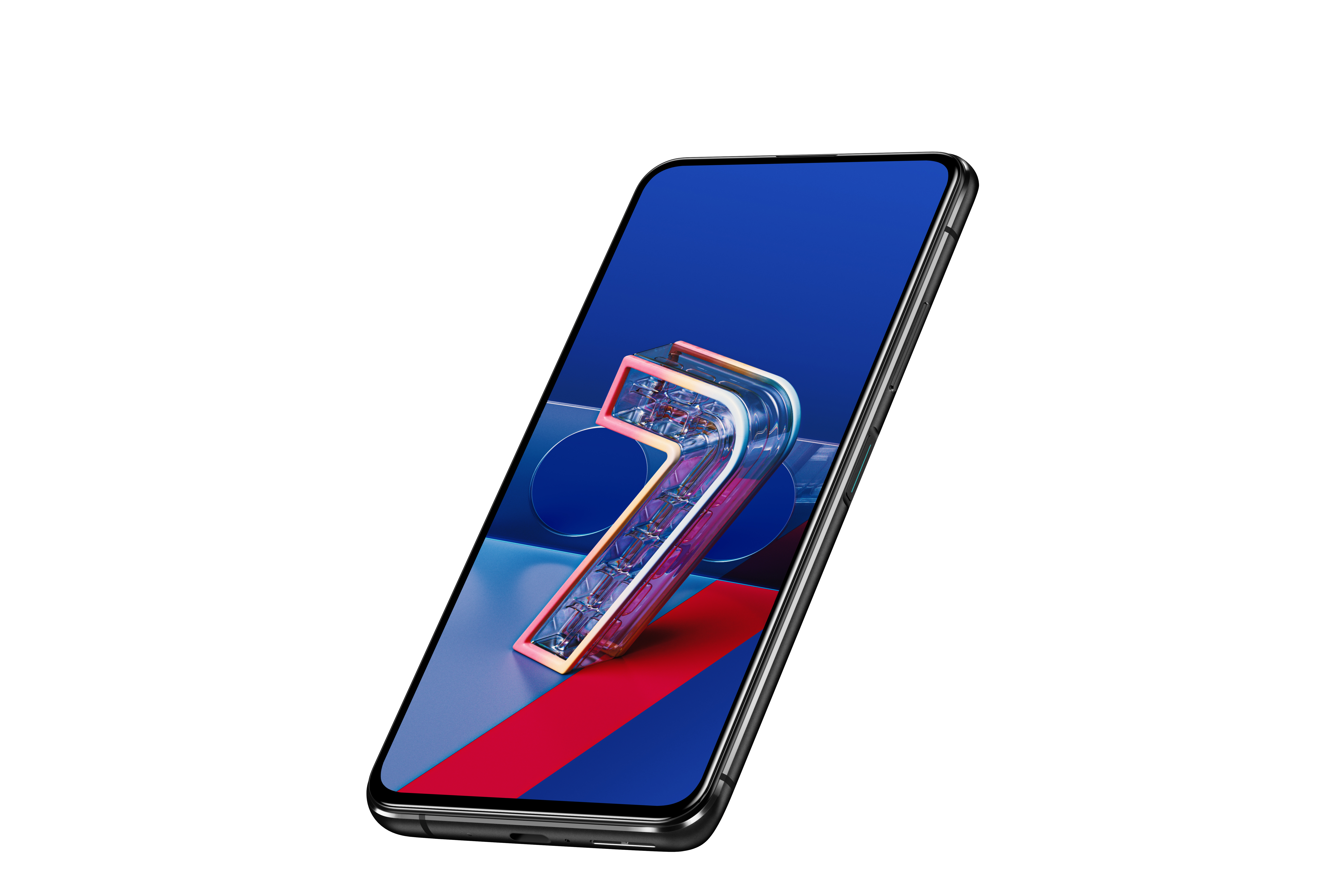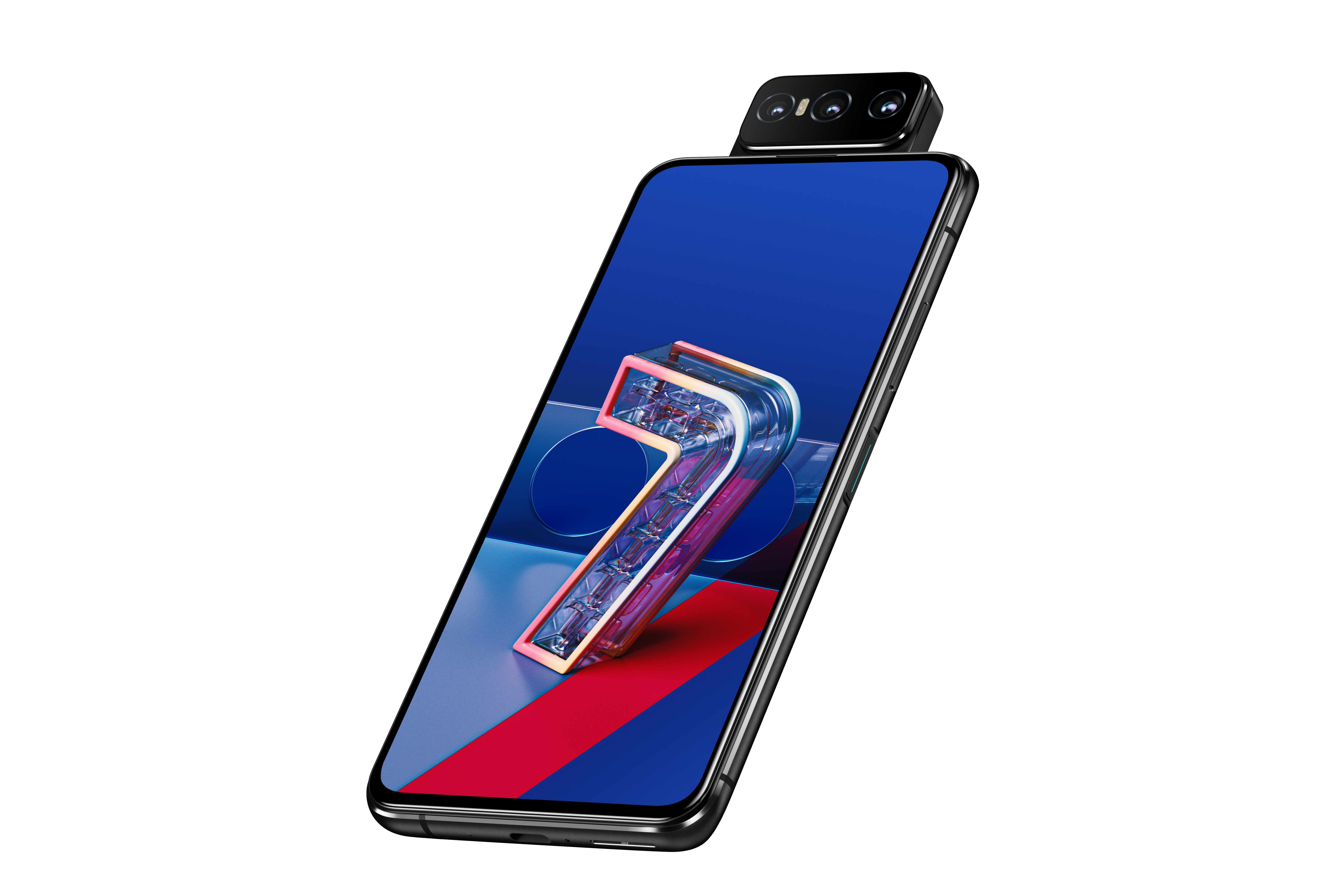The Asus Zenfone 7 adds a third lens to its neat flipping camera
Just over a year after Asus charmed us with the flipping cameras on the Zenfone 6, the company is back with the Zenfone 7 and 7 Pro. Both devices still have rotating camera arrays like last year’s model, as well as the same massive 5,000mAh batteries. But this year, there are a bunch of new features including an extra zoom lens in the camera array and a new OLED display with a 90Hz refresh rate.
Asus says the phones are planned for launch in select European markets on September 1st, but not in the US. Exact European pricing is due to be announced on that date. The phone is going on sale in Taiwan starting today. In that country the Zenfone 7’s price starts at NT$21,990 (around $749), while the Zenfone 7 Pro costs NT$27,990 (around $953).


The flipping camera array is as eye-catching on the Zenfone 7 as it was on last year’s phone. With the tap of a button, the three camera sensors swing around from the back of the phone to the front, meaning there’s no need for any kind of display notch, but also that you get the same flexibility with selfie shots as you do with the rear camera.
This year, Asus has included three cameras in the array. There’s a 64-megapixel wide-angle camera, a 12-megapixel ultrawide camera with a 113-degree field of view, and an 8-megapixel telephoto camera with a 3x optical zoom. That means you get a super-useful ultrawide selfie camera (handy for group selfies) and a zoom whose use as a selfie camera isn’t immediately obvious. On the Zenfone 7 Pro, the wide-angle and telephoto cameras come with optical image stabilization, but that’s not included on the regular Zenfone 7.
As well as boosting the number and resolution of the individual sensors, Asus says its rejigged the actual flipping mechanism. Most importantly, it’s now rated to survive 200,000 flips rather than the 100,000 the Zenfone 6 could withstand — Asus reckons it would take flipping the cameras 100 times a day for five years to wear it out. You can also now manually select specific angles you want the cameras to flip to, and Asus also says the whole mechanism is faster and smoother than in the previous model.
There are a couple of noteworthy upgrades Asus has made to the screen on the Zenfone 7. First up is that the display now has a high-refresh rate 90Hz OLED panel, up from the 60Hz LCD screen from last year. That means it should look much smoother. Asus also says the screen can now get as bring as 700 nits in bright conditions, making it easier to read in sunlight, while also enjoying a bit more real estate at 6.67 inches. It’s still got just a 1080p resolution, however.
:no_upscale()/cdn.vox-cdn.com/uploads/chorus_asset/file/21814117/202005050691.jpg)
The massive 5,000mAh battery returns from last year’s phone, and this year it supports up to 30W fast charging. Unfortunately, there’s no wireless charging in sight: Asus said it wanted to prioritize a bigger battery rather than having to allocate space to the hardware it would require.
There’s also no rear-mounted fingerprint sensor this time around. Instead, there’s a side-mounted one built into the phone’s power button, which also plays double duty as a shortcut key, with customizable double tap and hold gestures. Unlike the Zenfone 6, the Zenfone 7 doesn’t have a headphone jack, and there’s also no IP rating (it’s got a big flipping camera array, after all). Both handsets are available in either white or black.
Internally, the Zenfone 7 and 7 Pro are specced slightly differently. The 7 Pro is powered by a Snapdragon 865 Plus processor paired with 8GB of RAM and 256GB of storage. Meanwhile, the Zenfone 7 has a slightly slower Snapdragon 865 with 128GB of storage and either 6GB or 8GB of RAM. Both support Sub-6GHz 5G (with no mmWave), as well as external storage using microSD cards with up to 2TB of capacity.
We surprised ourselves with how much we liked last year’s Zenfone 6, and from the specs, it seems like Asus has kept most of what we liked previously intact, while also attempting to address some of the problems with the device. Our full review is coming soon.
...tinyurlis.gdu.nuclck.ruulvis.netshrtco.de
